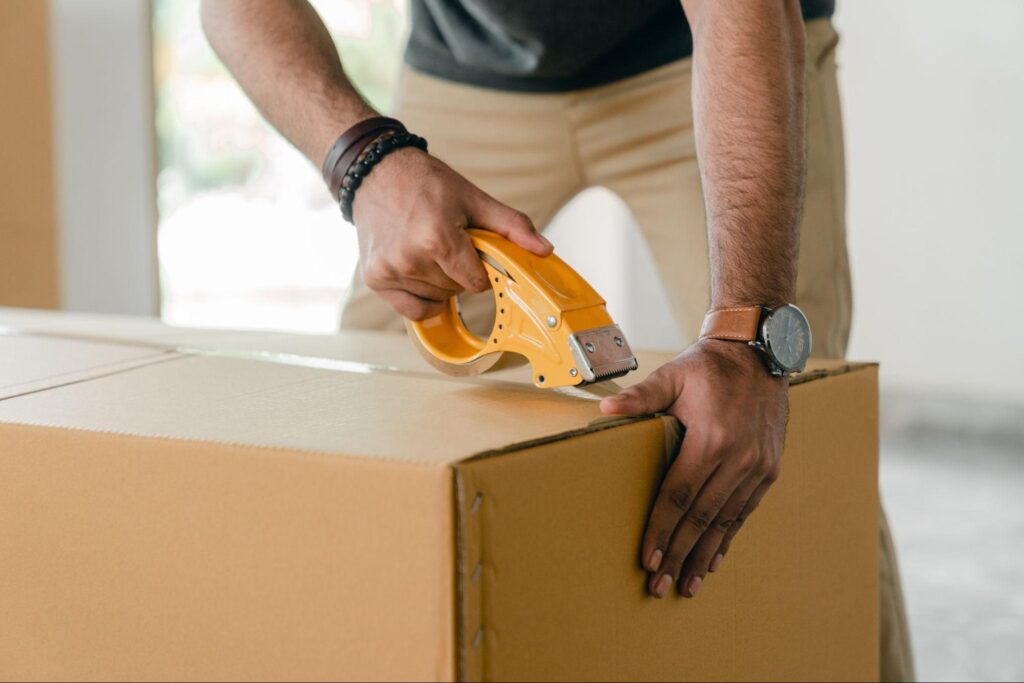Packing the kitchen is debatably the toughest part of moving a house or office. Unlike most rooms, the kitchen is subdivided into several segments. It has electronics, appliances, knives, utensils, heavy pots, and delicate cutlery. All these need to be packed in a different way which makes it difficult to be packed. To make matters worse, it is often the last area to be packed due to the sheer utility of its components.
Categories and Organize
To start packing your kitchen, the first thing to do is to categories and organize. First divide your kitchen into different categories. Some items including cutlery, silver wear can be packed with fragile items while appliances can be packed with other electronics. So, categorize based on your items in which category you are putting which item and which will be the easiest way ahead for you.
Grocery & Inventory
After dividing, start packing the things you use the least. Keep one category of items which you use on a daily basis as a separate utility category all of which can go in a single unit. These can be packed on the last day and can be opened up on the first day as soon as you move to the next house. This can include a bowl, a mug, and the necessary daily use things, preferably unbreakable items.

Further, for bigger appliances such as refrigerators, you can seek help from movers. The removalists or moving experts also offer insurance, if your appliances are new and expensive, it is advisable to opt for an insurance to ensure nothing goes wrong.
For fresh items such as vegetables, fruits, try to not buy groceries a week before the move and finish the packets you have. It will help you make your packing spill proof.
Packing Materials
The key factor to look into while packing kitchen items is the packing material. You need to have industry strength cardboard boxes. The strength needs to be high as the weight of the containers, utensils etc is high. Further, the packing technique for different categories is different for the kitchen.

Some items such as steel containers, pots etc can be turned into containers themselves. Bigger pot can hold smaller pots and spoons etc. These items, if unbreakable, can be wrapped in sheets and carried as is.
Items such as knives need an entire wrapping paper and then kept in a smaller container, while utensils need to be carried separately.
For other items, you need carton boxes, bubble wrap, foam sheet, cotton cloth, and carry bags.
Kitchen items need to be labeled specifically and cannot be mixed with other items. Labeling also ensures that while putting the boxes in movers trucks, the items are placed at top and secured thoroughly to minimize any breakage.
You can always seek help from your moving company, especially for the bigger appliances. Ask your removalists what all they offer and crack a wholesome deal before booking.
